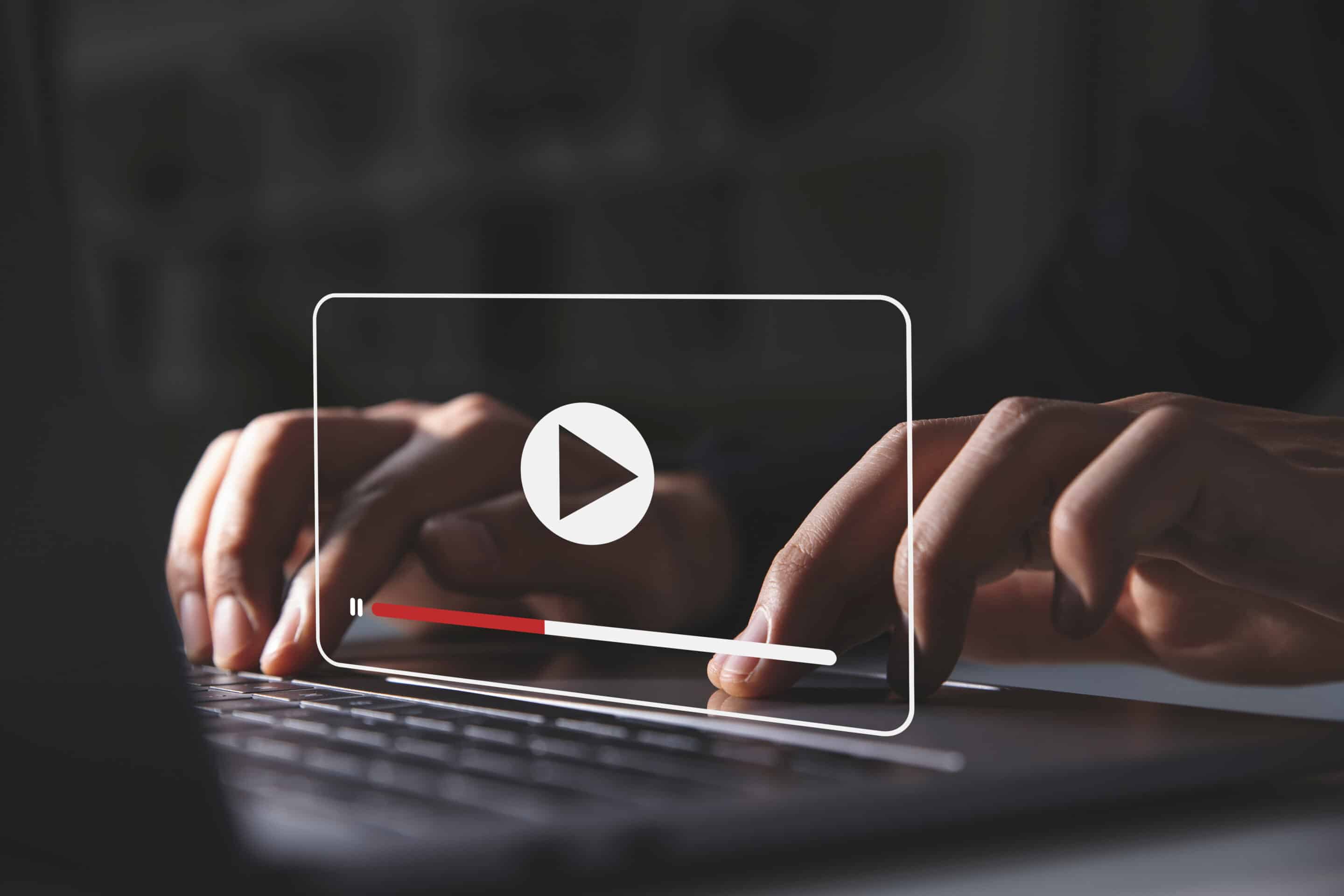By JoAnn Bedenbaugh, Sales Director, Volie
Phone and email are the titans of customer communications, but you cannot rely solely on these. Customers today expect to be able to converse with you across various channels. And they want those communications to be seamless and easy. To meet the needs and preferences of consumers today, you must have an omnichannel approach.
Omnichannel – Breaking Down the Buzzword
“Omnichannel” has become a buzzword in almost every industry, yet it is still not well understood. At the most basic level, omnichannel means you provide integrated and seamless communications across the myriad of channels we have in 2021, including online chat, texting, video chat, Twitter chat, etc.
Omnichannel is often lumped in with multi-channel, but they are different. In the case of multi-channel, the customer has access to a variety of communication options that aren’t necessarily connected or synchronized. During an omnichannel experience, however, there aren’t only multiple channels, but the channels are connected so customers can move between them seamlessly.
What an Omnichannel Approach Looks Like
Think of a customer who visits your website and live chats with an agent. The next day the same customer uses their smartphone to text about a particular vehicle. Then the customer picks up the phone and calls to ensure a vehicle is in stock, and then finally, shows up at your showroom ready to test drive the vehicle.
With an omnichannel approach and the right technology platform, every time that customer interacted with your store, it was tracked and logged. So, every subsequent time the customer reached out, the system recognized and automatically displayed their customer history. The customer never had to repeat information or start the process all over again, resulting in a continuous, seamless, intuitive, and experience through every channel and exerting the least amount of effort to get it.
This type of experience builds trust and confidence in your dealership, which is critical to lowering sales resistance. High-quality interactions also make customers want to do business with you again.
Apply an Omnichannel Strategy to Enhance Your Marketing
In addition to building an omnichannel customer experience for customers who reach out to your store, you can also apply an omnichannel strategy to enhance your outbound marketing, generate leads, and acquire customers. The key is using your customer data to identify the preferred channel of a specific audience segment – or individual prospects – and create a great experience on that channel with ad content or special offers tailored to that specific segment.
In the last decade, we’ve seen huge leaps in call center technology that automatically does this kind of data science for you. The right platform will integrate with your DMS to match customers with their data, even when they’ve gone across channels and marketing campaigns. This allows you to target them more efficiently.
It also allows you to trigger actions based on certain customer behaviors so that the customer journey moves along with as little pause as possible, yet at a cadence so customers don’t feel hounded by too many communications.
Providing employees with the training and technology to converse across a wide range of channels, delivering the content and engagement that your customers want, will pay-off in a better customer experience and also enhance your outbound marketing for more leads and sales.
Don’t make the mistake of relying only on traditional communication channels. Embrace the omnichannel approach that customers demand, and they’ll want to do business with your dealership.
About the Author
JoAnn Bedenbaugh has created call centers for over a dozen of the automotive industry’s biggest players.








